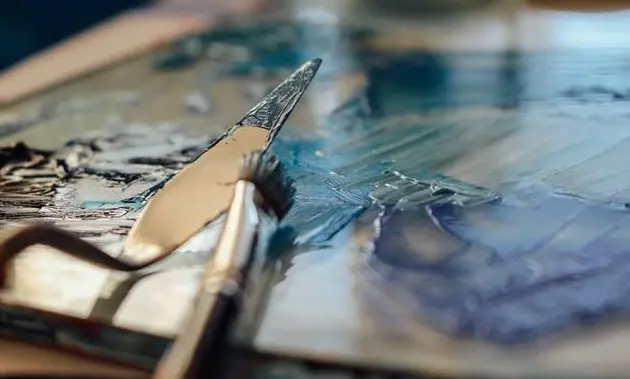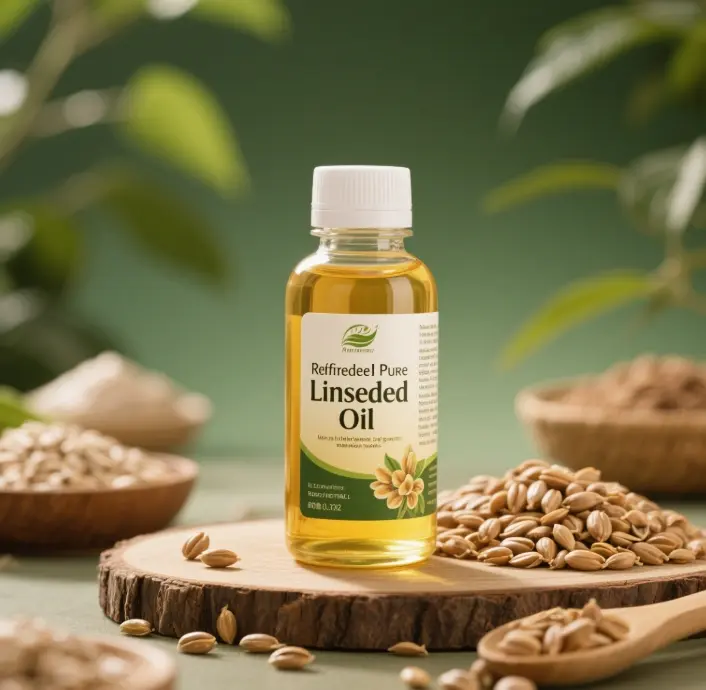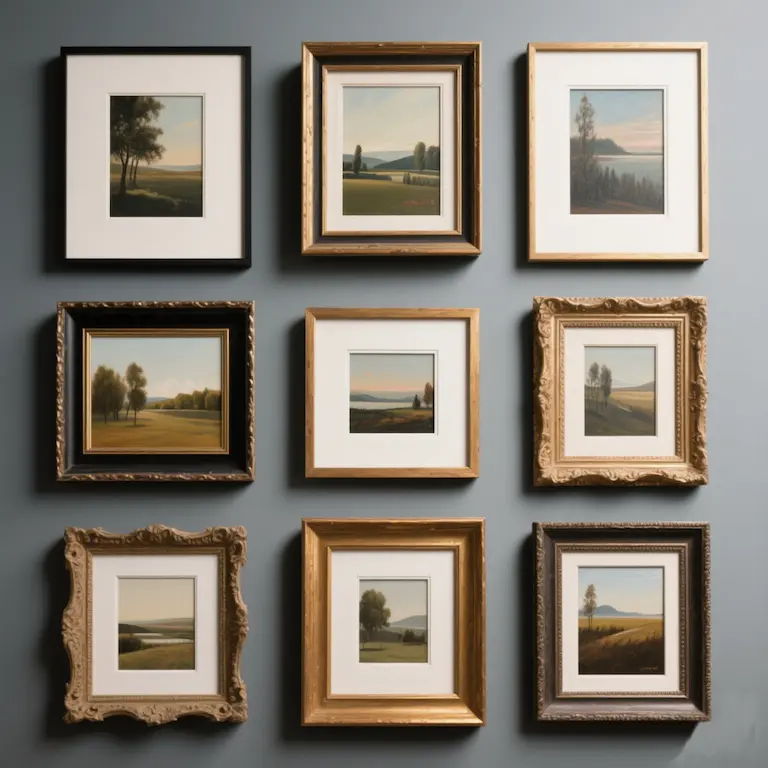The Development of Famous Acrylic Painting in the United States
In the 1950s, famous acrylic painting began to gain popularity in North America. This period coincided with the surge of new artistic thinking, especially the abstractionist painters represented by the New York School, who used acrylic paint extensively in their creations. By the 1960s, the popularity of acrylic paint in the United States further increased, with painters such as Roy Lichtenstein and Andy Warhol as representative figures, setting off a Pop Art trend, making fine art truly integrated with pop culture.
One of the most expensive acrylic paintings is worth
Gunning for Marilyn (Sage Blue) by Andy Warhol is one of the most expensive famous acrylic paintings in the history of auctions.In 1964, Warhol used Marilyn Monroe as a subject for five works, including Gunning for Marilyn (Sage Blue), which featured a completely new method of colorization using a positive acetate plate that cleverly combined acrylic paint with screen printing techniques. Combination.
On May 16, 2022, the work was sold at auction for $1.312 billion, the highest price ever recorded for an artwork acrylic paintings at auction. Not only is this piece one of Warhol’s most iconic works, it is also an iconic piece of Pop Art, demonstrating the complex relationship between pop culture and high art.
Another of Warhol’s masterpieces, the Marilyn Monroe series, is also valuable. In the 2022 auction, all of these works sold for hundreds of millions of dollars, demonstrating the market’s high regard for Warhol’s famous acrylic paintings.
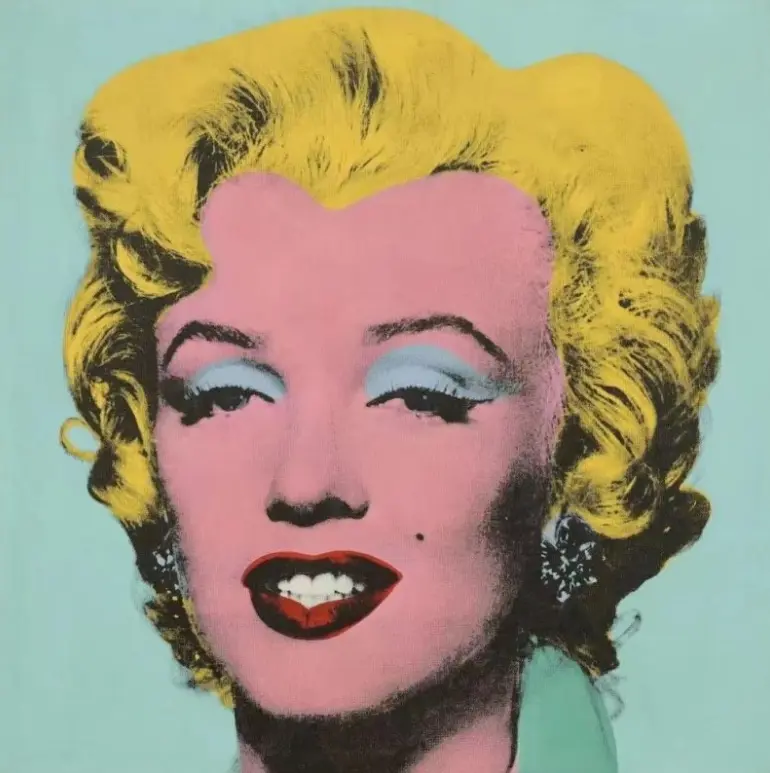
The 10 most famous acrylic paintings in the world
1. Jackson Pollock’s No. 5 (1948)
No. 5 is one of Pollock’s masterpieces, which uses acrylic paints in yellow, white, black and maroon colors. Pollock laid the canvas on the ground and dipped a large flat brush into the acrylic paint and dripped it on, or squeezed the acrylic paint directly onto the canvas from a tube, creating a unique “drip painting” effect. This work revolutionized people’s perception of abstract art and demonstrated the creative possibilities brought about by the fluidity and fast drying characteristics of acrylic paint.
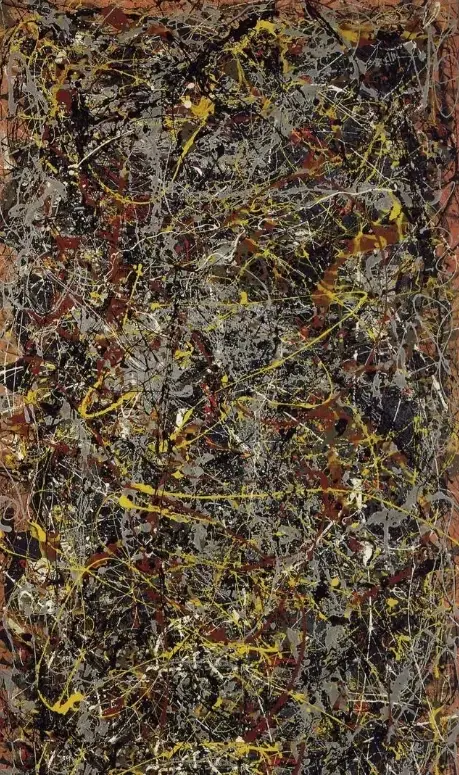
2. Andy Warhol, Marilyn Monroe (1967)
Warhol created nearly thirty works on Marilyn Monroe, repetitive images that recreated Monroe’s former glory and her media exposure. 1964, Warhol used Marilyn Monroe as a subject for five works, including Gunshot Marilyn (Sage Blue), which used a completely new method of colorization. Using a positive acetate plate, the work skillfully combines acrylic paint with screen-printing techniques. Among other things, Gunshot Marilyn (Sage Blue) was auctioned in 2022 for $1.312 billion, making it one of the most expensive works of art in auction history.

3. Roy Lichtenstein Tears of Joy (1964)
Tears of Joy is one of Lichtenstein’s masterpieces, completed using Magna brand acrylics on canvas, measuring 96.5cm x 96.5cm. This work demonstrates Lichtenstein’s distinctive Pop Art style, which enlarges the elements of comic strips, presenting them in vibrant colors and flat paint with thick black lines. In this way, Lichtenstein transforms mundane images from daily life into works of artistic value.
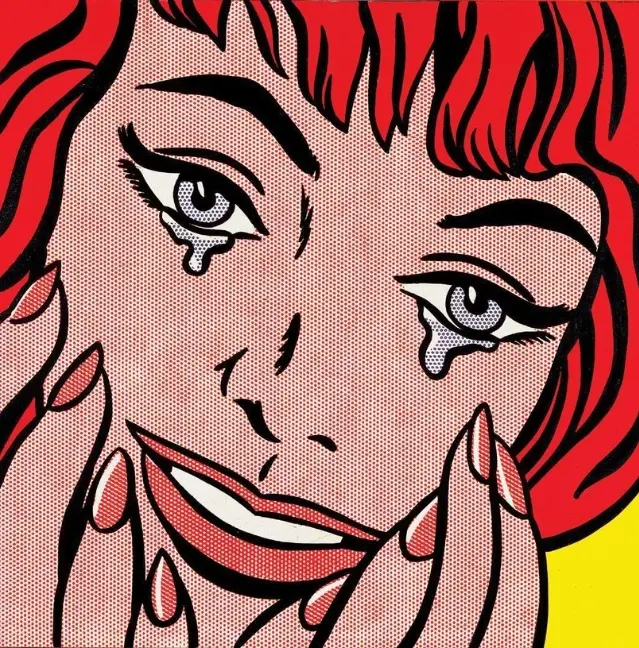
4. Tom Wesselmann, Great American Nude #42 (1962)
Great American Nude #42 is one of Wesselmann’s most iconic series, in which he explores the human form with bold colors and provocative compositions. The work was sold at Sotheby’s London on February 10, 2014 for $2.4 million (estimate $1.06 million to $1.4 million), demonstrating the artistic value and market recognition of Wesselmann’s work.
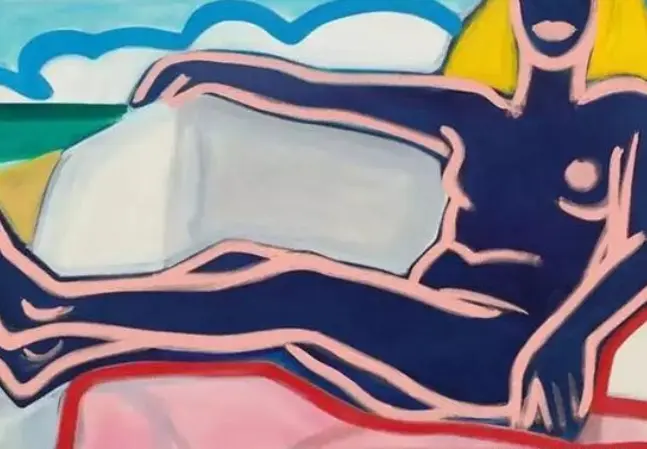
5. Tom Wesselmann Seascape No. 15 (1967)
Seascape No. 15 is another of Wesselmann’s masterpieces, painted using thermoformed acrylics and measuring 65 x 45 inches. This work demonstrates Wesselmann’s unique interpretation of landscape painting, bringing out the fluidity and color expression of acrylic paint.

6. Andy Warhol Camouflage (1986)
Camouflage is one of Warhol’s late masterpieces, using acrylic on canvas and silkscreen ink techniques, and measuring 203.2 x 203.2 cm . This work demonstrates Warhol’s continued focus on pop culture elements and his innovative attempts at different artistic techniques.
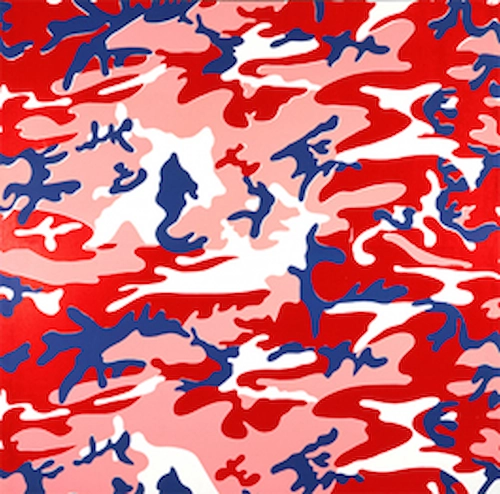
7. Andy Warhol, Self-Portrait (1978)
Self-Portrait is Warhol’s self-portrait work using acrylic and silkscreen ink on canvas technique, measuring 101.6 × 101.6 cm . The piece demonstrates how Warhol combined his own image with elements of Pop Art to create a unique visual effect.
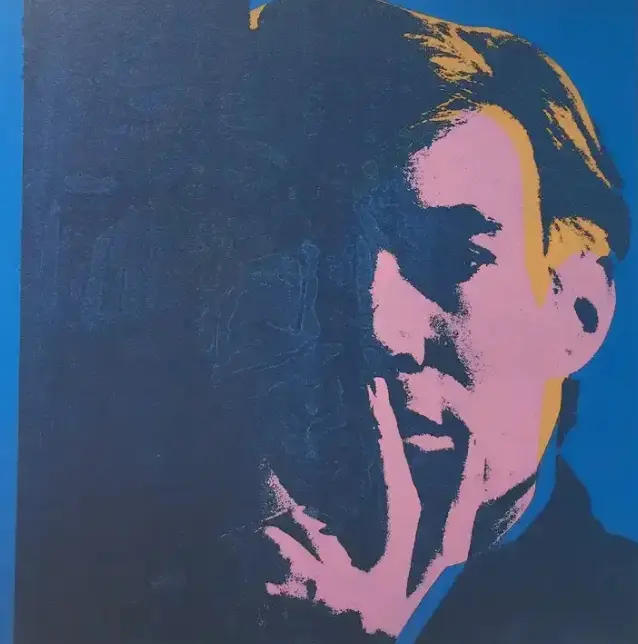
8. Roy Lichtenstein Drowning Girl (1963)
Drowning Girl is one of Lichtenstein’s masterpieces, adapted from the protagonist of DC Comics’ Secret Heart #83, drawn by Tony Abruzzo. Using oil and acrylic paints, the piece measures 172.7cm x 172.7cm and shows how Lichtenstein transforms comic book elements into works of artistic value.
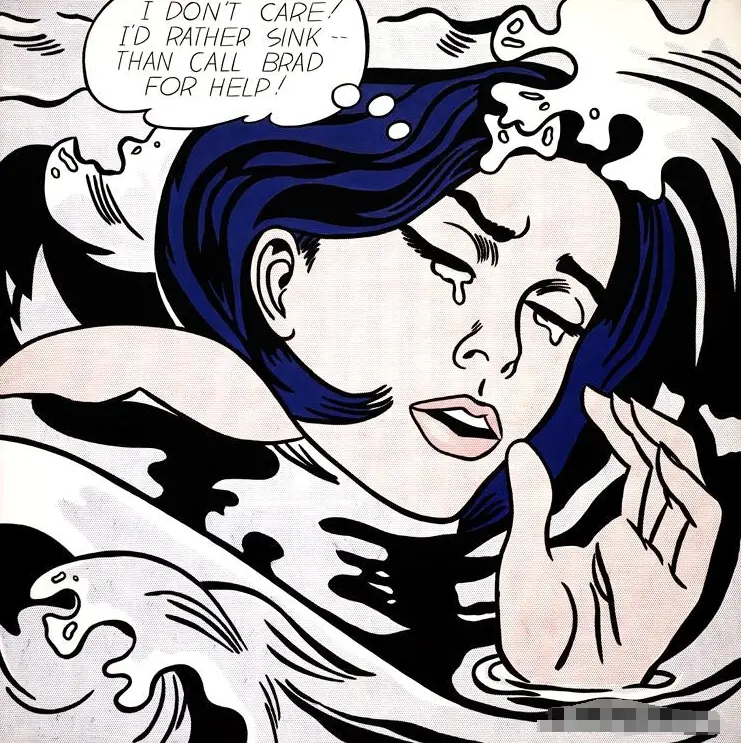
9. Jackson Pollock “No. 30: Summer 1950”
“No. 30: Summer 1950” is another masterpiece of Pollock, which was created using acrylic paint on canvas. This work demonstrates the typical characteristics of Pollock’s “action painting”, in which paint is dripped, sprinkled, and flung to form complex patterns and textures on the canvas. 10.
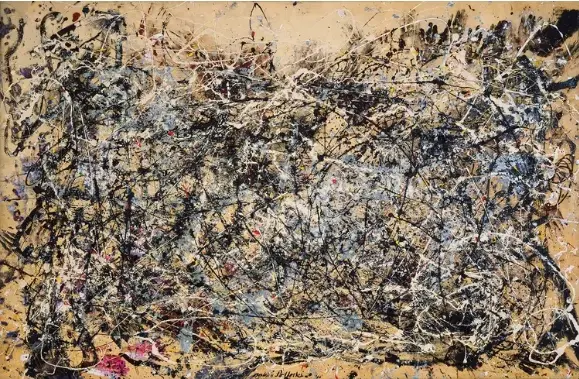
10. Willem de Kooning, Woman III (1953)
Woman III is one of de Kooning’s masterpieces, created using acrylic paint on canvas. This work shows how de Kooning combined elements of Abstract Expressionism with figurative images to create a unique visual effect. De Kooning’s paintings are usually full of strong movement and expression, and he utilizes the properties of acrylic paint to create unique visual effects.
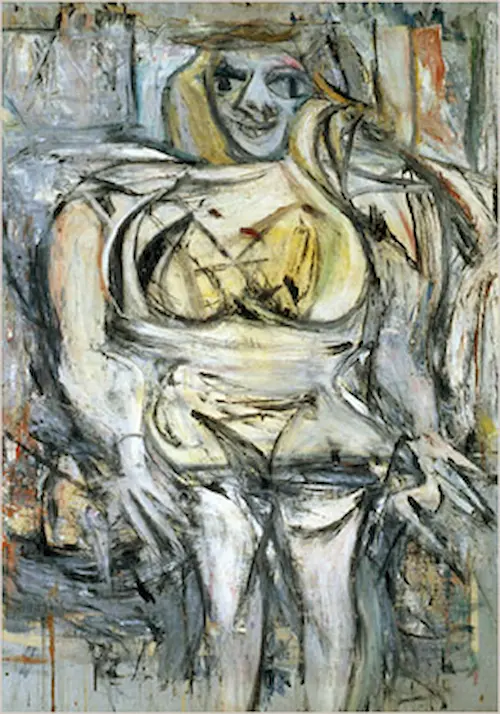
Famous Acrylic Painting Artists in History
Jackson Pollock
Jackson Pollock is one of the earliest artists to use acrylic paint, known as the representative of “action painting”. His “drip painting” technique created a unique way of famous acrylic painting, in which the canvas is laid on the ground and a large flat brush is dipped in acrylic paint and dripped onto it, or acrylic paint is squeezed directly onto the canvas in a tube, which is known as “drip painting”. His masterpiece, No. 5 (1948), was created using acrylic paint and features yellow, white, black, and maroon colors.
Pollock’s work revolutionized the perception of abstract art. Without the fluidity and quick drying characteristics of acrylic, Pollock may not have been able to create his famous drip paintings.
Andy Warhol
Andy Warhol was the initiator and main representative of the Pop Art movement in the 1960s, and he made extensive use of acrylic materials and promoted the development of famous acrylic painting. Several of Warhol’s representative works in the Marilyn Monroe series used acrylic paint.
Warhol also created a series of works called “Piss Paintings”, in which he used copper-containing acrylic paint to lay out the canvas beforehand, and then injected urine paint to let uric acid oxidize with the copper powder, in order to deride Pollock’s abstract expression of paint dripping and pay homage to Duchamp’s urinal.
Another of Warhol’s masterpieces is Camouflage (1986), which uses acrylic and silkscreen ink on canvas and measures 203.2 x 203.2 cm, as well as Self-Portrait (1978), which also uses acrylic and silkscreen ink on canvas.
Roy Lichtenstein
Roy Lichtenstein is one of the key exponents of Pop Art, whose work makes extensive use of acrylic paint. Lichtenstein used bright colors, flat paint and thick black lines to magnify and “transpose” bland comic strip subjects with acrylic and oil paints.
His masterpiece “Tears of Joy” (1964), measuring 96.5cm x 96.5cm, was made on canvas using Magna acrylics, and Lichtenstein’s works systematically perceive the visual elements of popular culture and transform them into artistic expression, which is the core concept of Pop Art.
Tom Wesselman
Tom Wesselman is considered one of the greatest American artists of the 20th century, with a creative career spanning five decades. Wesselmann helped propel the Pop Art movement in the United States in the 1960s.
His masterpieces, the Great American Nude series, were created in acrylics, and they boldly explored the representation of the human form and color. In addition, he created Seascape No. 15 (1967), using thermoformed acrylics, measuring 65 x 45 inches.
Willem de Kooning
Willem de Kooning was one of the key representatives of Abstract Expressionism, and he also made extensive use of acrylic paint in his work. De Kooning’s paintings are often filled with intense movement and expression, and he utilized the properties of acrylic paint to create unique visual effects.
Robert Motherwell
Robert Motherwell was another Abstract Expressionist artist who used acrylic paint. Together with Pollock, de Kooning and others, he explored the possibilities of acrylic paint, creating famous acrylic painting techniques such as dripping, flinging, dragging, squeezing, pressing and splattering.
Helen Frankenthaler
Helen Frankenthaler switched from oils to acrylics in 1962. Previously, she had been using paint thinned with turpentine to create her groundbreaking dip-dye paintings, but she was dissatisfied with the interaction of the paint with the unprimed canvas. After switching to acrylics, she was able to better control the effect of paint flow and penetration on the canvas.
David Hockney
David Hockney was a popular British painter in the late 1960s who also used acrylics in his work. Hockney painted in a variety of styles, ranging from realistic to abstract, and he utilized the properties of acrylic paint to create unique visual effects.
Famous Abstract Acrylic Paintings
Jackson Pollock’s Drip Paintings
Jackson Pollock was one of the earliest artists to use acrylic paint, and among his drip paintings, No. 5 is one of the representative works. The colors on the canvas of this work are mainly yellow, white, black and maroon. By spreading the canvas on the ground and using a large flat brush dipped in acrylic paint to drip it on, or squeezing acrylic paint directly onto the canvas with a tube, a unique “drip painting” effect is created.
Pollock’s Abstract Expressionist works revolutionized the perception of abstract art. Without the fluidity and quick drying characteristics of acrylic, Pollock might not have been able to create his famous drip paintings.
Andy Warhol’s “Pee Paintings” series
In the “Pee Paintings” series, Andy used copper-containing acrylic paint to lay out the canvas beforehand, and then sprayed urine on the paintings to oxidize the uric acid with the copper powder, thus ridiculing Pollock’s abstract expressionist method of paint dripping and paying homage to Duchamp’s urinals. The series demonstrates Warhol’s challenge to traditional art forms and his exploration of new artistic languages.
Roy Lichtenstein’s Abstract Pop
Roy Lichtenstein takes the bland comic strip subject matter and uses bright colors, flat paint and thick black lines, and “transposes” these elements to enlarge them with acrylics and oils, and even reproduces the mesh patterns that appeared in the comic strip due to printing. His masterpiece Tears of Joy (1964), 96.5cm x 96.5cm, is done in Magna acrylics on canvas.
Willem de Kooning’s Abstract Expressionism
Willem de Kooning is one of the most important representatives of Abstract Expressionism, and he also made extensive use of acrylics in his work. De Kooning’s paintings are usually full of strong movement and expression, and he utilized the properties of acrylic paint to create unique visual effects.
Abstract Acrylic Paintings by Robert Motherwell
Robert Motherwell is another Abstract Expressionist artist who used acrylic paint. Along with Pollock, de Kooning and others, he explored the possibilities of acrylic paint, creating famous acrylic painting techniques such as dripping, flinging, dragging, squeezing, pressing and splattering.
Helen Frankenthaler’s Dip Paintings
Helen Frankenthaler switched from oils to acrylics in 1962. Previously, she had been using paint thinned with turpentine to create her groundbreaking dip-dye paintings, but she was dissatisfied with the interaction of the paint with the unprimed canvas. After switching to acrylics, she was able to better control the effect of paint flow and penetration on the canvas.
Abstract Acrylic Paintings by Maurice Louis
Maurice Louis was one of the early artists to use acrylic paint, creating a unique technique of abstract famous acrylic painting. Louis’ paintings are often filled with a sense of flow and space, and he utilized the properties of acrylic paint to create unique visual effects.
Famous Contemporary Acrylic Painting Artist
Acrylic paintings are widely used in abstract art creation due to their strong color expression and texture. Abstract famous acrylic paintings demonstrate the artist’s unique understanding of emotion, time and space through geometric shapes, clashing colors and rhythmic brush movements.
Blue Vibrations – Jackson Pollock
David Hockney, a popular British painter in the late 1960s, also worked in acrylics. Hockney’s paintings are in a variety of styles, ranging from realistic to abstract, and he utilizes the properties of acrylic paint to create unique visual effects [98]. Hockney’s acrylic paintings demonstrate his keen observation and unique interpretation of natural landscapes and scenes of daily life.
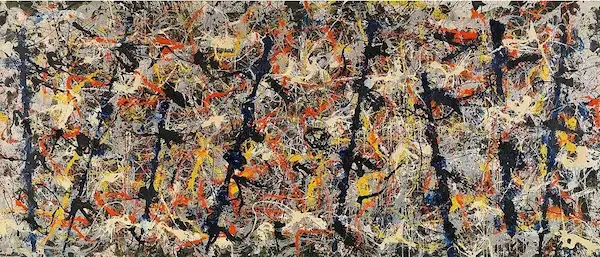
Helen Frankenthaler
Helen Frankenthaler switched from oils to acrylics in 1962. Previously, she had been using paint thinned with turpentine to create her groundbreaking dip-dye paintings, but she was dissatisfied with the interaction of the paint with the unprimed canvas. By switching to acrylics, she was able to better control the effect of paint flow and penetration on the canvas.
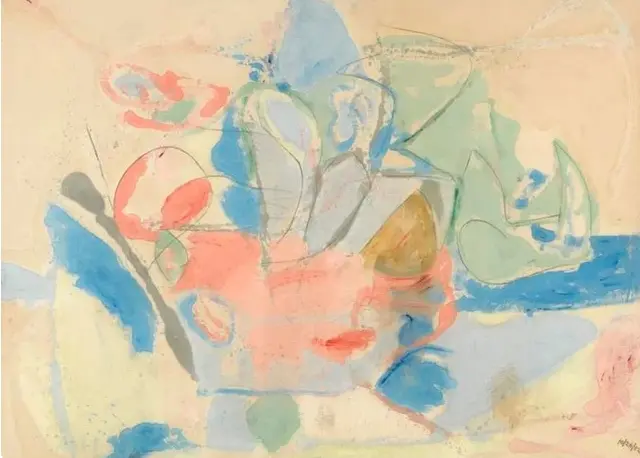
Paul Reger
Paul Reger is a renowned modern day choreographer who also works with acrylics. Reger’s famous acrylic paintings demonstrate his deep understanding of stagecraft and visual effects, as well as his mastery of the properties of acrylic paint.
Tom Wesselman
Tom Wesselman is considered one of the greatest American artists of the 20th century, with a creative career spanning five decades. Wesselmann helped propel the Pop Art movement in the United States in the 1960s. His masterpieces, the Great American Nude series, were created in acrylics, and these works boldly explored the representation of the human form and color. In addition, he created Seascape No. 15 (1967), using thermoformed acrylics, measuring 65 x 45 inches.
Andy Warhol
Andy Warhol was the initiator and main representative of the Pop Art movement in the 1960s, and his extensive use of acrylics pushed the development of famous acrylic painting. Several of Warhol’s representative works in the Marilyn Monroe series used acrylic paint. Warhol also created a series of works called “Urine Paintings”, in which he used copper-containing acrylic paint to spread the canvas beforehand, and then shot urine paint to let uric acid oxidize with the copper powder, in order to deride Pollock’s abstract expression of paint dripping and pay homage to Duchamp’s urinal. Another of Warhol’s masterpieces is Camouflage (1986), which uses acrylic and silkscreen ink on canvas techniques and measures 203.2 × 203.2 cm In addition, he created Self-Portrait (1978), also using acrylic and silkscreen ink on canvas techniques.
Roy Lichtenstein
Roy Lichtenstein is one of the key exponents of Pop Art, whose work makes extensive use of acrylic paint. Lichtenstein took the bland comic strip subject matter and used bright colors, flat paint with thick black lines, and “transposed” these elements with acrylic and oil paints to enlarge them [63]. His masterpiece Tears of Joy (1964), measuring 96.5cm x 96.5cm, is done in Magna acrylic on canvas [60]. Lichtenstein’s work systematically perceives the visual elements of popular culture and translates them into artistic expression, a concept central to Pop Art.
Willem de Kooning
Willem de Kooning was one of the key representatives of Abstract Expressionism, and he also made extensive use of acrylic paint in his work. De Kooning’s paintings are usually full of strong movement and expression, and he utilized the properties of acrylic paint to create unique visual effects.
Robert Motherwell
Robert Motherwell was another Abstract Expressionist artist who used acrylic paint. Along with Pollock and de Kooning, he explored the possibilities of acrylic paint, creating famous acrylic painting techniques such as dripping, flinging, dragging, squeezing, pressing, and splattering.



